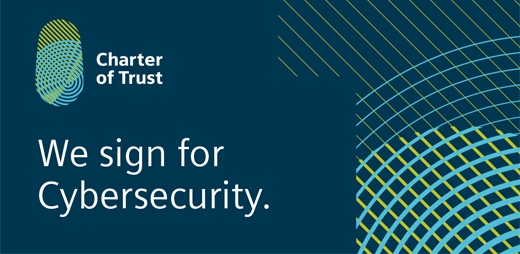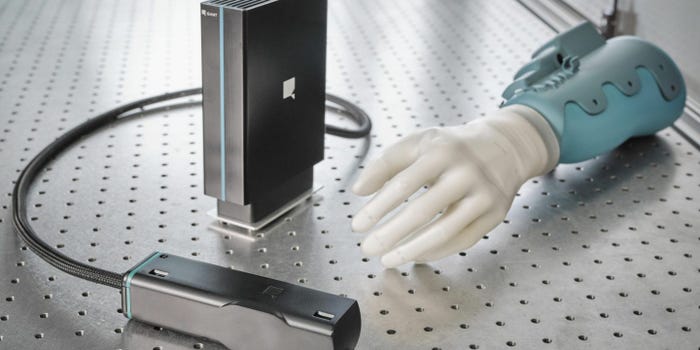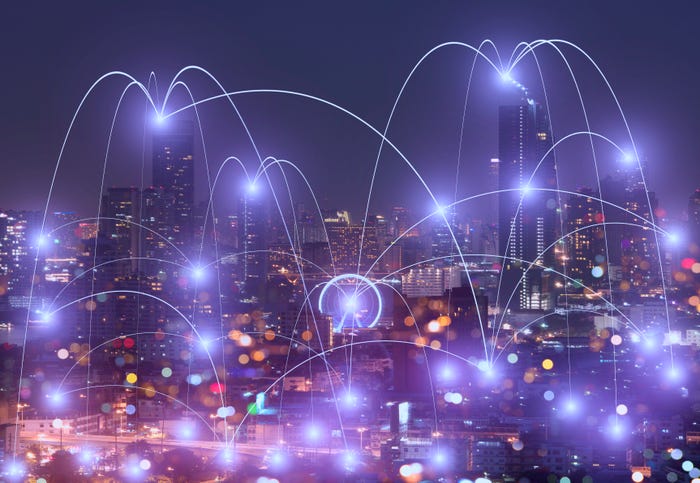Why the Charter of Trust cybersecurity initiative is gaining momentum.
July 24, 2019

Do we live in a post-trust age?
Shiv Singh and Rohini Luthra, Ph.D. argue as much in a book titled “Savvy: Navigating Fake Companies, Fake Leaders and Fake News in the Post-Trust Era.” “We’re experiencing a massive breakdown of trust in the institutions that govern societies. We are in a crisis of trust,” they write.
Amidst this backdrop is a world in which cybersecurity crises have become ordinary. The Equifax data breach affected nearly 150 million Americans. The 2017 WannaCry ransomware sabotaged U.K.’s National Health Service. Also from 2017, NotPetya wrought hundreds of millions of dollars in damages from a global shipping company. All 3 billion of Yahoo’s users were impacted in a 2013 breach. For some companies, the cost of a cyber-breach can be staggering. According to a 2018 McAfee estimate, the financial toll of cyber-crime internationally is in the ballpark of $600 billion annually.
Despite such chaos, the bulk of society continues to trust the underlying infrastructure that helps drive the modern economy and life as we know it. But what happens, say, if cyber terrorists were able to shut off power to a metropolis for days on end in the heat of summer or during a winter storm? Or what if black hat hackers caused a slew of accidents by, say, exploiting autonomous or semi-autonomous vehicles or taking control over industrial control systems? While it is impossible to predict what future cyberattacks will look like, the blurring of the lines between the digital and physical is leading to new attack possibilities.
Emerging technologies such as IoT and broad frameworks such as digital transformation are helping drive a growing attack surface for threat actors to target. Ultimately, digital technology promises to fundamentally change every industry, whether it is process and discrete manufacturing, health care, critical infrastructure or the consumer electronics niche. “Emerging technologies, from edge and cloud, to connectivity, to machine learning to smart transducers, are causing the digital transformation of society,” said Fari Assaderaghi, senior vice president, innovation and advanced technologies at NXP in the panel discussion “From Demand to Design: How Digital Security is Transforming the Industrial World” held last month at NXP Connects Silicon Valley.
There is a growing need for “a new approach to digital safety and security,” as Leo Simonovich, vice president and global head for industrial cyber and digital security at Siemens said in May. In a world where everything from cars to industrial machines to medical devices to the power grid are computerized and networked, cyberattacks could threaten our safety as well as data. The power grid, industrial facilities and critical infrastructure are all vulnerable to cyber-sabotage. For instance, a 2017 Ponemon Institute study of the U.S. oil and gas industry learned more than two-thirds of respondents had at least one security compromise in the prior year.
And yet, despite the widespread attention cybersecurity receives in the media, many organizations continue to be largely unconcerned. “For many players in the industry today, security is a relatively new thing to think about,” said Svend Buhl, director of communications at NXP. “And yet, there is a fundamental shift coming through the IoT, which has changed people’s awareness of security, and how the industry handles security.”
As a case in point: In 2018, Siemens and eight partners, including NXP, announced their participation in an initiative known as the Charter of Trust, which provides a set of common principles designed to reduce cyber-risk broadly. In reference to the question posed at the beginning of this article, the Charter of Trust intends to safeguard trust as organizations of all stripes pursue digital transformation initiatives.
Since ratification, the Charter continues to expand. Now including 16 members, Mitsubishi Heavy Industries has announced its intent to become the first Asian member later this year. Other organizations that have signed the Charter include: Airbus, Allianz, Cisco, Daimler, Dell Technologies and IBM.
One of the first areas of focus for the consortium is Principle 2: “Responsibility throughout the digital supply chain.”
“All of the members have agreed to zero in on that. The idea here, of course, is that if we all focus in that area, it helps to drastically reduce the attack surface that some threat actors can use,” said Kurt John, U.S. chief information security officer at Siemens. “In terms of the second principle, Siemens has identified the top 300 suppliers globally and we are working with them to make sure they are implementing cybersecurity by default.”
In NXP’s case, implementing cybersecurity by default means leveraging its experience helping to secure e-passports and banking applications. “In our broader product portfolio, we took that the thinking we used to make passport or banking applications safe, and transferred that to different industries and verticals,” Buhl said. “When building chip solution architectures, we start by thinking, first and foremost, from the perspective of, not only functionality or energy efficiency but also security.”
One of the chief aims of the Charter of Trust is to help a company like NXP share its expertise in hardware security with other members of the consortium, while also learning from other members. The growing interest in edge computing makes hardware more important, Buhl said, because “edge devices themselves are becoming the first line of defense against cyberattacks. “A lot of data is now stored at the edge, and that makes edge devices valuable targets for attackers,” he explained.
Edge computing is one single facet of the Charter of Trust’s focus. The idea behind the consortium is to not just enable members to share best practices, but to be able to identify a shared way of talking about cybersecurity. “We speak the same language, we focus on the same things,” John said. “We can exchange stories because our efforts are jointly aligned in the same direction.�”
Ultimately, one of the most important dimensions of the Charter of Trust is its connection to society. “These 10 principles that everyone has agreed to who signed on to this Charter of Trust gives us all guiding principles so that we all know that the products, services and solutions we’re providing to society meet a certain standard,” John said.
About the Author(s)
You May Also Like


.png?width=700&auto=webp&quality=80&disable=upscale)
.png?width=300&auto=webp&quality=80&disable=upscale)


.png?width=300&auto=webp&quality=80&disable=upscale)